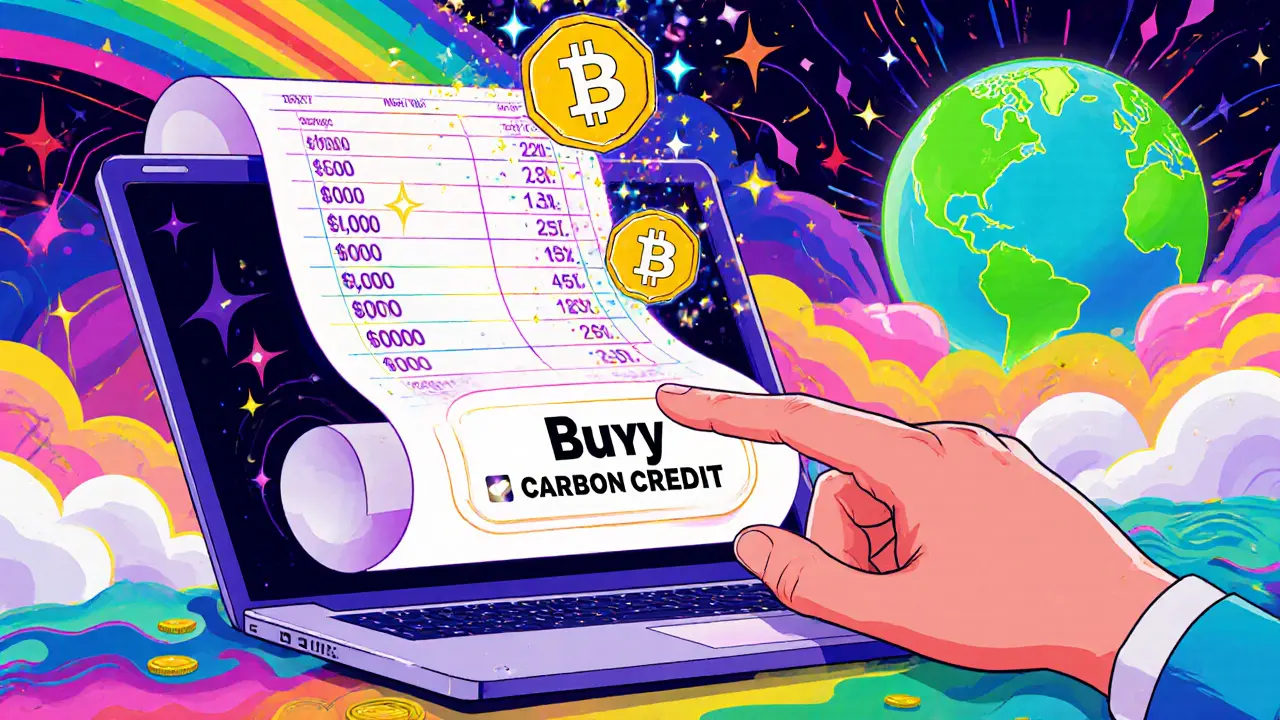Carbon Credit Blockchain
When you hear the term carbon credit blockchain, think of a system that links carbon credit markets with the transparency of distributed ledgers. Carbon Credit Blockchain is the fusion of traditional carbon offset mechanisms and blockchain technology, creating an immutable record of emissions reductions. Also known as blockchain carbon credits, it enables real‑time verification and trade of credits without a central intermediary.
Key Concepts and Their Connections
At the heart of this ecosystem are Carbon Credits, tradable permits that represent a ton of CO₂ avoided or removed. Carbon credits are issued by verified projects and can be bought by companies to offset their emissions. The blockchain layer records each credit’s issuance, transfer, and retirement, ensuring no double‑spending. This marriage yields the semantic triple: Carbon Credit Blockchain encompasses Carbon Credits.
To make these assets liquid, the industry relies on Tokenization. Tokenization converts each carbon credit into a digital token that can be split, pooled, or programmed with smart contracts. By turning credits into tokens, fractional ownership becomes possible, opening the market to smaller investors and speeding up trades. Here we see another triple: Tokenization enables fractional ownership of Carbon Credits.
Businesses increasingly track their sustainability performance through ESG Reporting. ESG (Environmental, Social, Governance) reporting consolidates data on a company’s environmental impact, social responsibility, and governance practices. When carbon credit data lives on a blockchain, ESG reports can pull verifiable, tamper‑proof numbers directly, boosting credibility with investors and regulators. This creates the connection: ESG Reporting benefits from immutable Carbon Credit Blockchain records.
Beyond the tech, the real‑world impact shows up in Carbon Markets. Carbon markets are platforms where emissions reductions are bought and sold, ranging from voluntary schemes to regulated exchanges. Integrating blockchain reduces transaction costs, shortens settlement times, and adds trust, which can expand market participation globally. The final semantic link is: Carbon Credit Blockchain transforms Carbon Markets by adding transparency.
All these pieces – carbon credits, tokenization, ESG reporting, and the broader carbon markets – intertwine to create a more efficient, trustworthy, and accessible climate‑action toolkit. Below you’ll find a curated selection of articles that dive deeper into each of these areas, from airdrop projects that tokenise offsets to guides on using blockchain tools for sustainable finance.
Carbon Credit Blockchain Projects: How Tokenization Is Changing Climate Finance
Explore how carbon credit blockchain projects tokenise emissions offsets, boost market liquidity, and bring transparency to climate finance.
